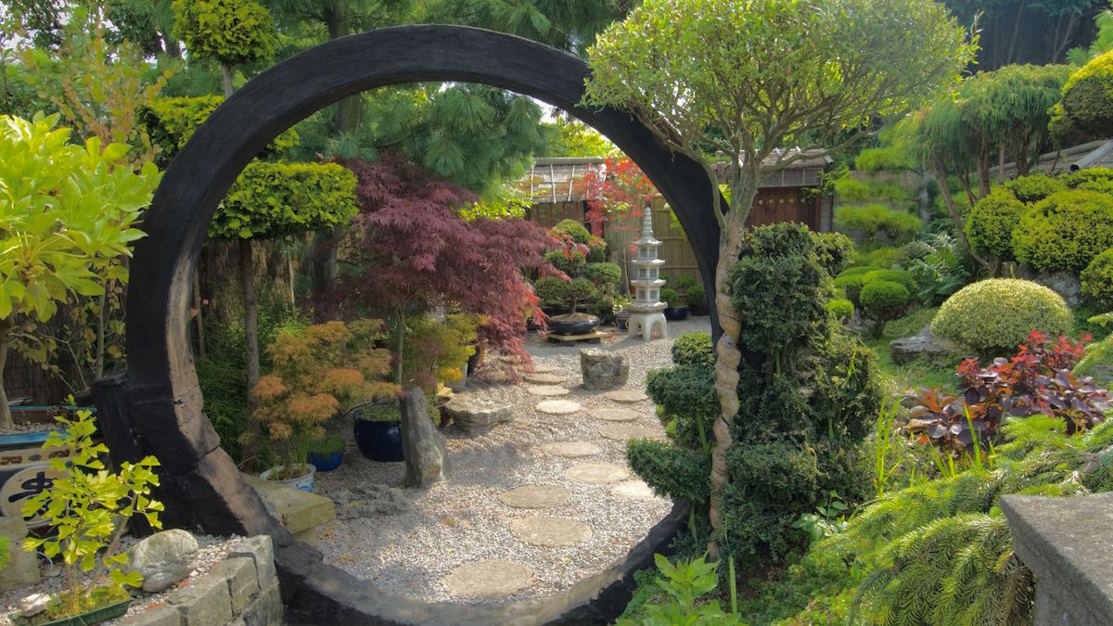Designing a Japanese-Inspired Landscape
Product Information
It should come as no surprise that interest in Japanese garden designs is rising quickly as more and more of us seek to design genuinely tranquil and soothing outdoor areas. It’s understandable why many people find Japanese garden’s captivating reputation for tea gardens, reflective rock and gravel areas, and bamboo water features. But there are also many other ingenious design concepts that we can learn about and apply. Japanese gardens have a long history and were created for many uses, each with unique traits and features and elevating your landscape with Japanese influences.
Organising the Design
Japanese gardens resemble miniature landscapes; planted mounds symbolise islands, and the surrounding gravel or stones are raked into shallow grooves to resemble water ripples or waves. Dry riverbeds can also have gravel and pebbles. There should be a balance between the spaces between features and the features themselves, with blank space being proportionately larger than the features or islands.

Respect Your Environment
Japanese gardens take their cues from their environment, which helps them feel more rooted in the here and now. Jake notes some parallels between Japanese and North American garden design. These include native plants and landscapes as inspiration, particularly in the Pacific Northwest and the arid gardens of the Southwest.
Select Depth Over Flash.
A Japanese garden is not a colour explosion like some other gardens. Everything gets muted. The predominant vegetation is brown and green, and the incorporating Japanese aesthetics into landscaping features are proportionate to their surroundings. The goal is to design an area where every component complements the others, and none takes centre stage.

Plant maples from Japan.
These gorgeous trees are a complement to your Japanese crafting zen-inspired gardens designs. The larger varieties can have a focal point in your garden and add colour to your space. Japanese maples and acers are very picky, but once you hang off growing them, they’re not too challenging to care for.


